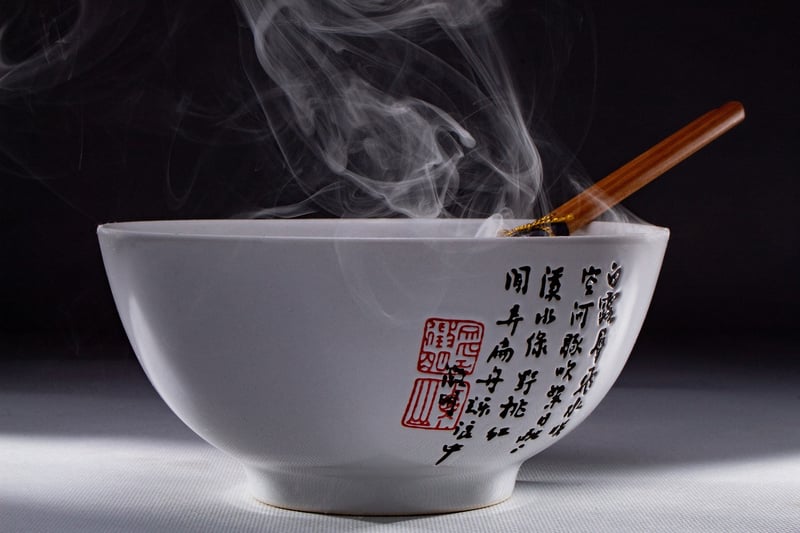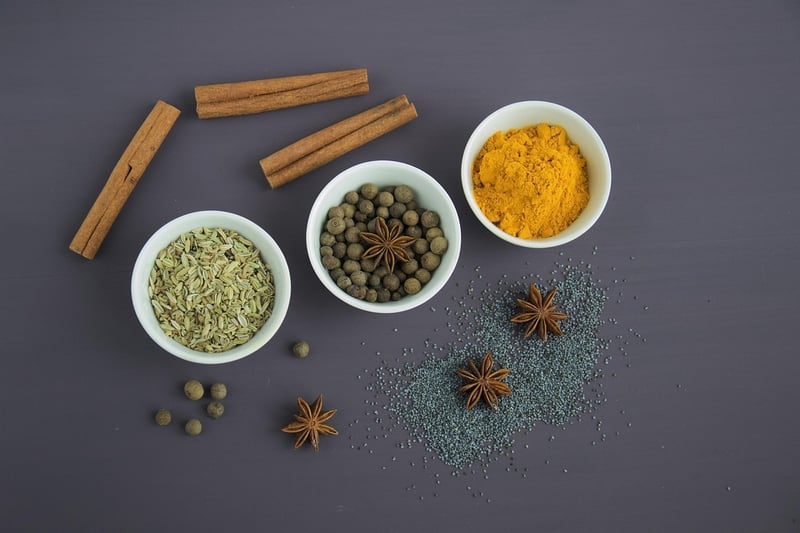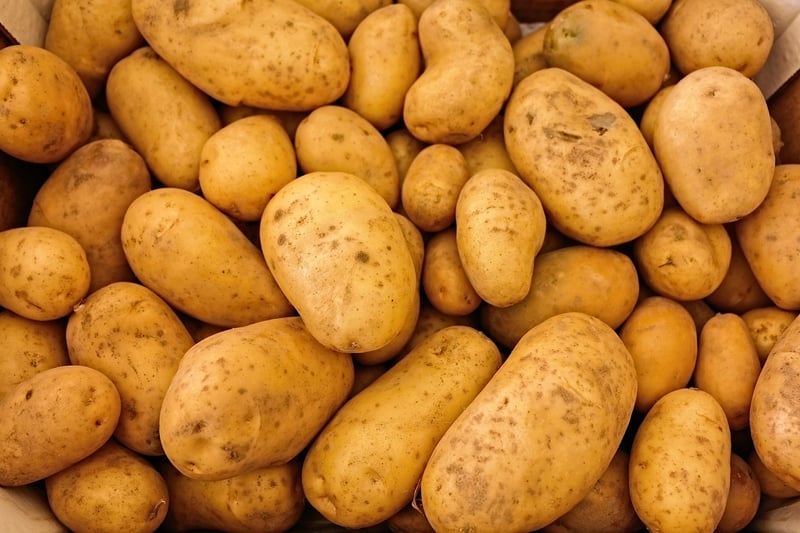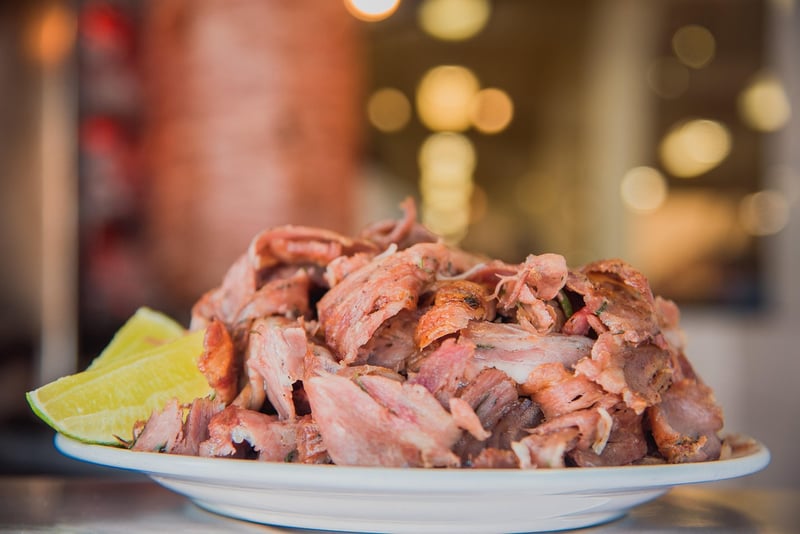Evolution of Flavors
Exploring Culinary Heritage and the Evolution of Flavors
Culinary heritage is a rich tapestry that weaves together the traditions, flavors, and techniques passed down through generations. From ancient recipes to modern fusion cuisine, the evolution of flavors tells a fascinating story of human creativity and adaptation.
Ancient Roots
Ancient civilizations laid the foundation for culinary traditions that continue to influence food culture today. The Egyptians, Greeks, Romans, and Mesopotamians all contributed unique ingredients and cooking methods that have stood the test of time. Spices like cinnamon and cumin, techniques like braising and pickling, and dishes like flatbreads and stews have roots in these ancient cultures.

Medieval Times
The Middle Ages brought a fusion of flavors as trade routes expanded, bringing exotic spices like pepper, cloves, and ginger to European tables. The concept of sweet and savory combinations began to emerge, leading to dishes like spiced meats with fruit sauces and honey-glazed vegetables.

Colonial Influence
The age of exploration in the 15th and 16th centuries opened up a world of new ingredients and flavors. European colonial powers introduced foods like tomatoes, potatoes, and chili peppers to different regions, forever changing the culinary landscape. This exchange of goods, known as the Columbian Exchange, transformed diets on both sides of the globe.

Modern Fusion
Today, chefs around the world continue to push the boundaries of flavor by blending traditional techniques with modern innovation. Fusion cuisine combines elements from different culinary traditions to create exciting new dishes that reflect our globalized world. Whether it's sushi burritos or kimchi tacos, fusion cuisine celebrates diversity and creativity in the kitchen.

Preserving Heritage
As we look to the future, it's essential to preserve culinary heritage and honor the flavors of the past. By understanding the evolution of flavors and the cultural significance of food, we can ensure that traditional recipes and techniques are passed down to future generations. Whether through cooking classes, food tours, or culinary museums, there are many ways to celebrate and learn from our culinary heritage.
Exploring culinary heritage and the evolution of flavors is a journey that connects us to our roots and allows us to savor the diverse tastes of the world.
